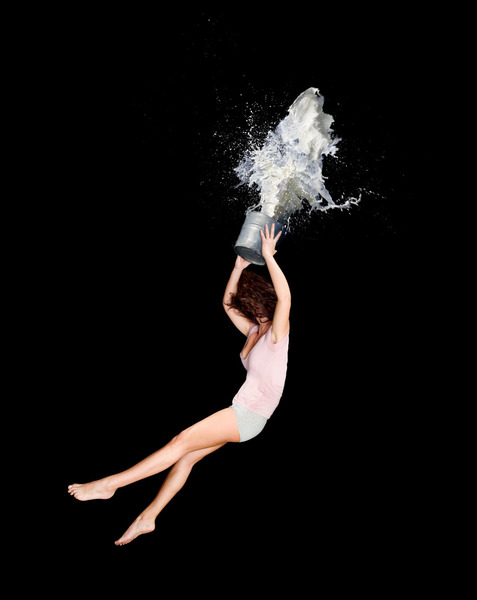
Lechera I, 2012. Colour photography. 80 x 100 cm. Edition of 3. |
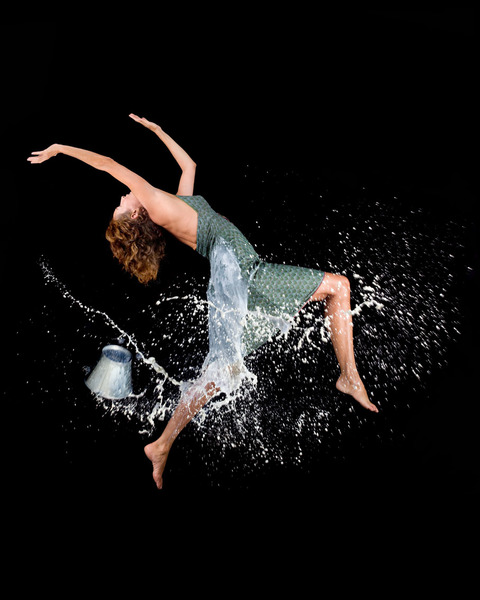
Lechera II, 2012. Colour photography. 80 x 100 cm. Edition of 3. |
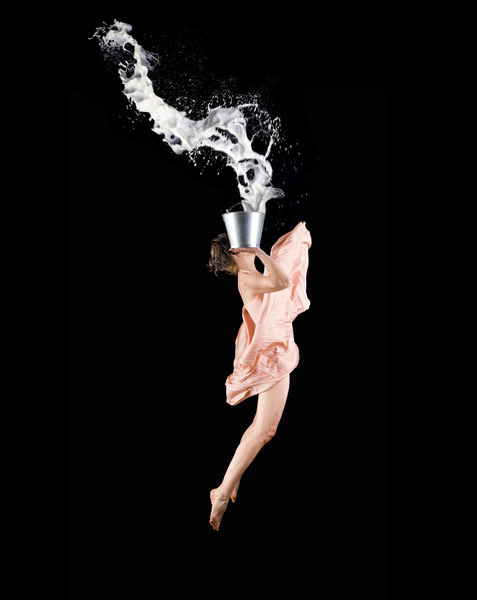
Lechera III, 2012. Coloured photo. 80 x 100 cm. Edition of 3. |
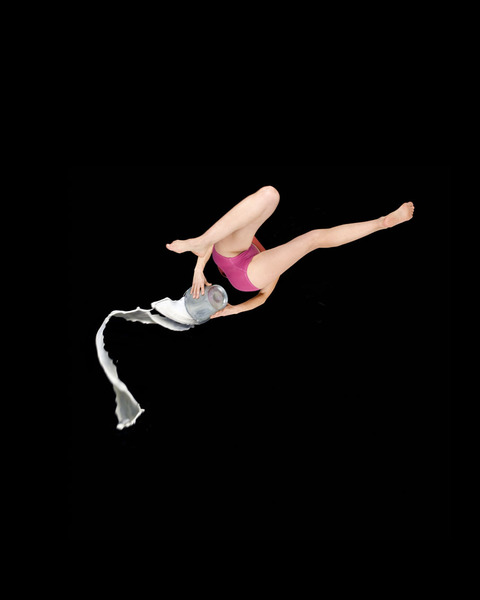
Lechera IV, 2012. Colour photography. 80 x 100 cm. Edition of 3. |
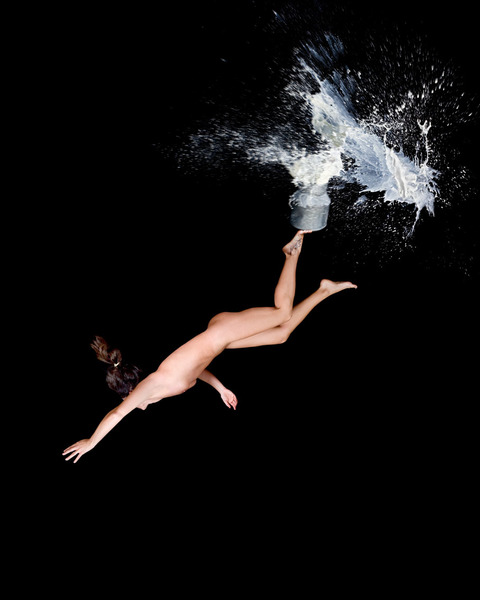
Lechera V, 2012. Colour photography. 80 x 100 cm. Edition of 3. |
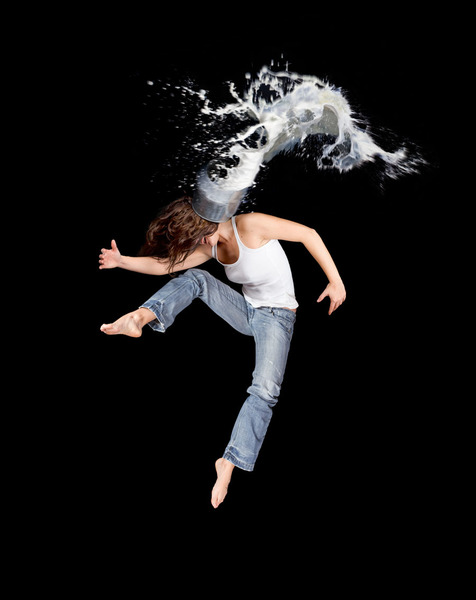
Lechera VI, 2012. Colour photography. 80 x 100 cm. Edition of 3. |
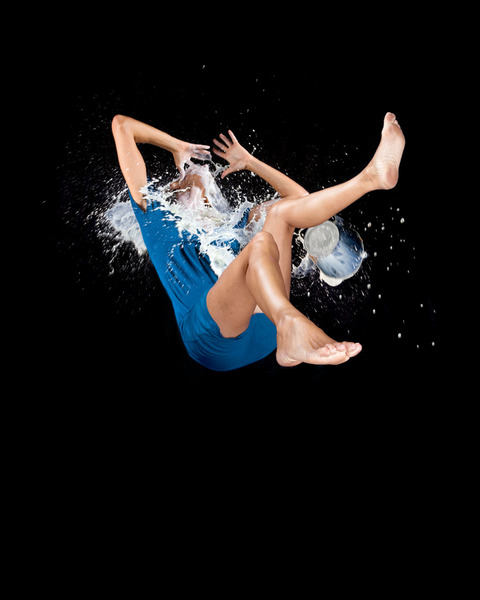
Lechera VII, 2012. Colour photography. 80 x 100 cm. Edition of 3. |
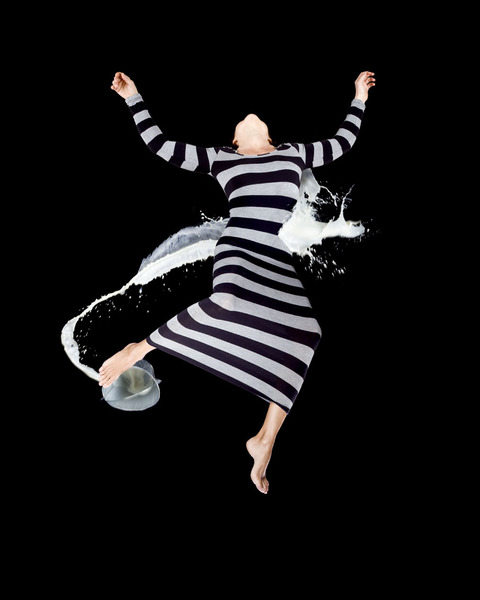
Lechera VIII, 2012. Colour photography. 80 x 100 cm. Edition of 3. |
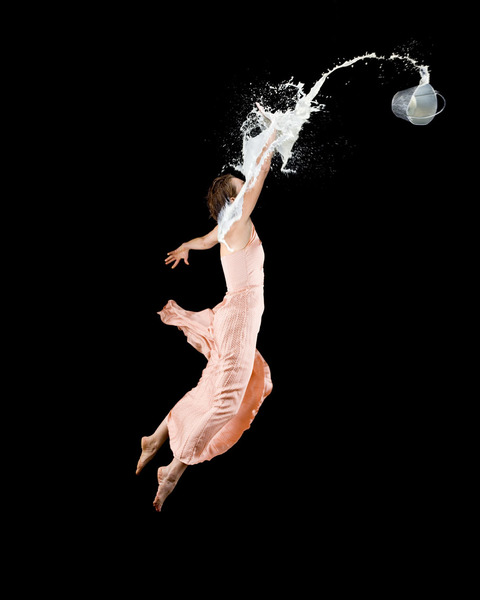
Lechera IX, 2012. Colour photography. 80 x 100 cm. Ediion of 3. |
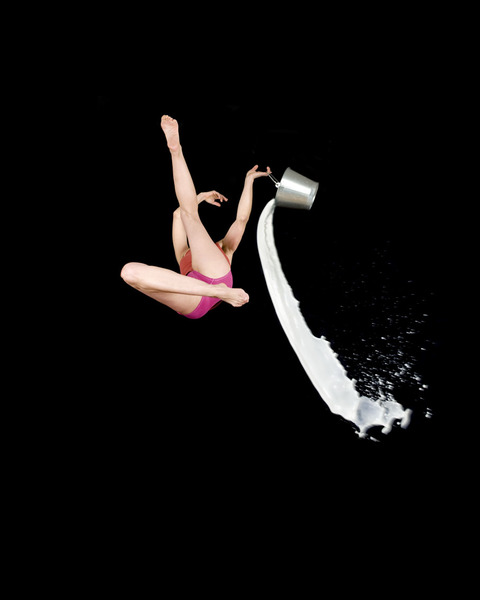
Lechera X, 2012. Colour photography. 80 x 100 cm. Edition of 3. |
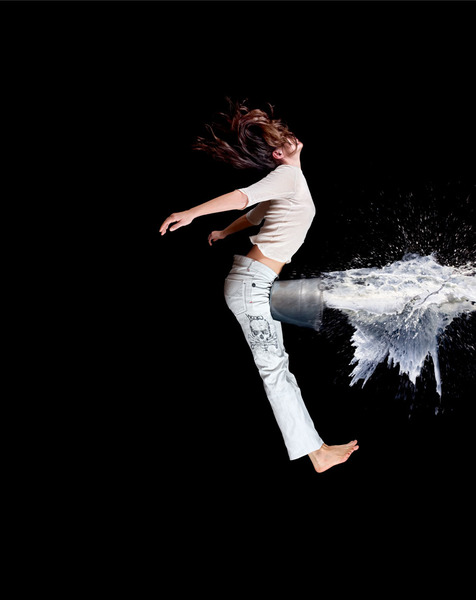
Lechera XI, 2012. Colour photography. 80 x 100 cm. Edition of 3. |
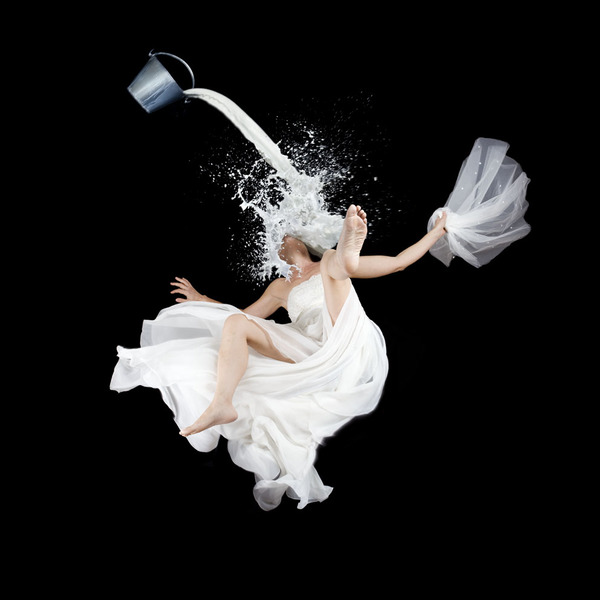
Lechera XII, 2012. Colour photography. 120 x 120 cm. Ediion of 3. |
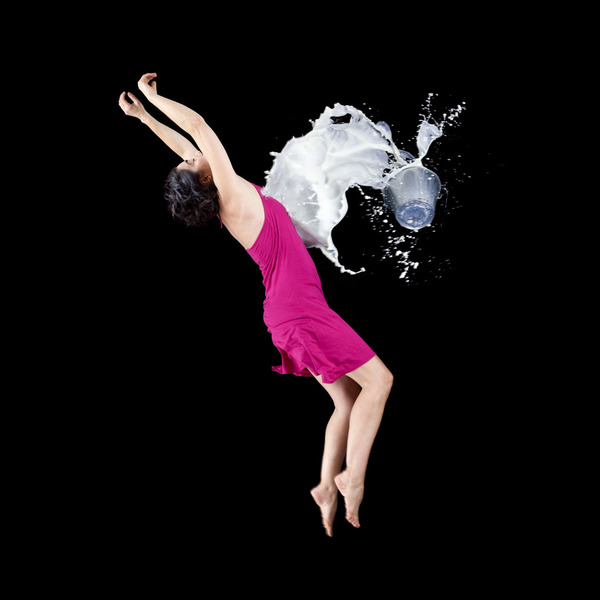
Lechera XIII, 2012. Colour photography. 120 x 120 cm. Edition of 3. |
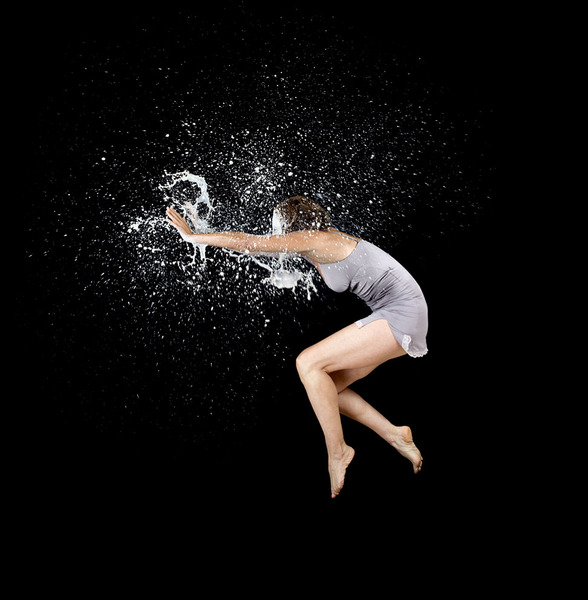
Lechera XIV, 2012. Colour photography. 120 x 120 cm. Edition of 3. |
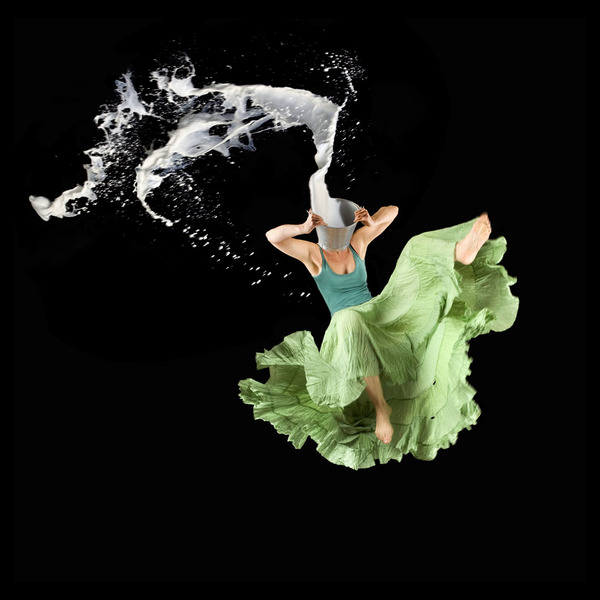
Lechera XV, 2012. Colour photography. 120 x 120 cm. Ediion of 3. |
Since 1999 Concha Prada’s expositions in Oliva Arauna Art Gallery have been an accurate reflection of the artist’s investigation on photography. A study of general views from different towns, the close-ups of everyday objects, even the experimentation over photographic technique itself, are brought together in the series “Rastros” (“Trails”).
In this fifth exposition, El Cuento de La Lechera (“The Milkmaids’ tale”), the anthropomorphic image appears entirely, leaving aside her first mouths or the fingers of her series “Basuras” (“Rubbish”); the feminine body, its arms and legs, torsos and volumes cut up against a black and silent background. Prada makes use of this lack of depth, emphasized with an utmost obscurity, to freeze the image in full action. The violence and explosion of the white regions of milk sink their roots in previous series from the artist; chance is still very present in her work, like a personal game in which it recreates for her the observer’s view, sharing with him the first encounter with the image. Permanently interested in the richness of the series as repetition, Concha Prada goes deep into the differences between each shape, the conceptualisation of the body’s positions, the structures that originate from the overflow of milk and which make their way to our contemplation. This idea of abstraction is accentuated by the elusion of the model’s features.
But beyond this considered aesthetic image, Concha Prada gathers the irony of her approach under the title “The Milkmaid’s tale” and underlines the current interest of this fable. As she says –“The reign of the virtual that promises the fantasy of completion and its emptiness only results in the fall of the cube”. Frustration develops in the violence of the gestures when hitting the milk, all as an expression of our own reverie, that have made us loose our balance and fall. The milkmaid’s ambition, the house of cards this society has built, has stopped us from seeing reality. Concha stops the image in the moment previous to the catharsis, an instant before we can realise the consequences of the fall. It is the observer, at a distance, who can assimilate the transcendence of that flash.

